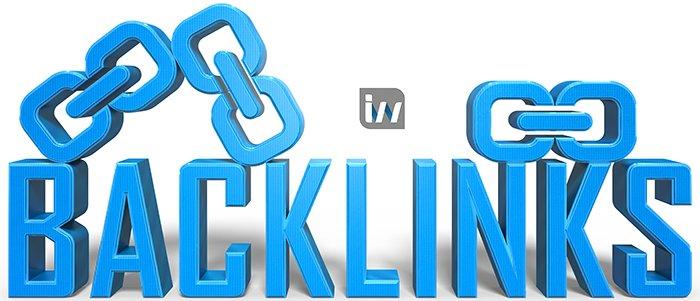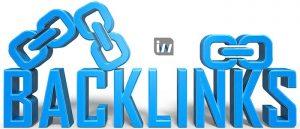What is anchor text?
Anchor text is the clickable, visible, hyperlinked text on a webpage – in most instances, it is blue and underlined to make it more visible and ADA compliant (but the color can be changed based on website CSS). This exists both on your website and those that link to you.
So why is it important for SEO? It tells the user and search engines what the page you are linking to is about – the context of why you are linking to this page should be provided to the user within the paragraph of the page.
It is very important to not spam your anchor text simply for the sake of backlinks (the Google Penguin updates have cracked down on this since 2012), and unfortunately, as a website owner, you have no control as to what other websites use to link to yours.
So, we need to be vigilant and thoughtful as to how we use anchor text on our own website(s) making sure it’s natural-sounding to the content of the page, relevant to the pages and topics, useful, and descriptive.
There are various ways to use this on your site:
Generic –
This is the most common, typically a generic word or phrase such as “click here” is used as the hyperlink (anchor text) to another page. It’s a backlink but it’s not super helpful to your text profile.
“Naked”–
Another common anchor text option is simply listing and hyperlinking a URL (www.example.com), since this will hopefully have our brand name in it, it’s more helpful than the generic anchor text but still not optimal.
Branded –
This one is pretty simple, it’s when a brand name such as ‘Amazon’ is used as the link. It’s common and makes sense within the context of most pages.
Exact Match –
This one is gold! It’s most common on your own website (as well, you place it) but when it’s listed on a referring website linking to you, it’s optimal. Exact-match is when a keyword you are targeting such as “Colorado Springs SEO” is used as anchor text. This type is the most powerful for SEO, but as we need diversified backlinks we also need some diversity in our anchor profile. So be sure that not all your clients or affiliates are using the same targeted link to link to you, or you could be looking at a manual penalty for spam.
Partial Match –
This is when a variation of a keyword is used for linking, most times it sounds more natural than just the keyword, an example would be “Colorado Springs SEO agency” instead of just “Colorado Springs SEO”.
Image –
The anchor text for a linked image is not visible for the user, instead, search engines such as Google read the alt image tag in place of anchor text. Leaving the alt image tag link will produce a “no text” anchor, which does diversify your anchor text profile but it’s not an SEO best practice to leave an alt tag blank.
LSI (latent semantic indexing)
Think of this one as using a synonym for your anchor text. Since Google has “gone smart” and started using semantic keywords so can we! If you’re in the mortgage industry instead of using “mortgage”, consider using “home loan” or “house loan”. Google now gives these to us at the bottom of the SERP – it’s similar in thought to Amazon’s “other shoppers also bought this…”
SEO and Ranking Strategy
Knowing the variety of anchor link types will help with your overall SEO and ranking strategy. It’s always important to keep in mind we want our websites to rank but we’re also writing our content for the end-users, so be natural in your linking always think “what will make the user click” and “am I accurate in my description”.
When you’re executing anchor text you’re working with two pages, really, the first being the page hosting the link the second being the page the link resolves to. We want to make sure the two match – the topic of the source page must coincide with the content of the linked page this can increase the possibility for both pages to rank for the desired keyword, as this sends a stronger relevancy signal to the search engines.
Finally, be sure to distribute your anchor text – use the differing types and well as varying keywords. This not only builds your anchor text portfolio but also helps to avoid a possible spam penalty.

Allan Todd is CEO of Pagecafe Digital Marketing. In 2022, Allan teamed up with Infront Webworks to provide digital marketing, website design, content marketing, SEO and strategy and solutions to local businesses. Allan lives in Colorado Springs.


